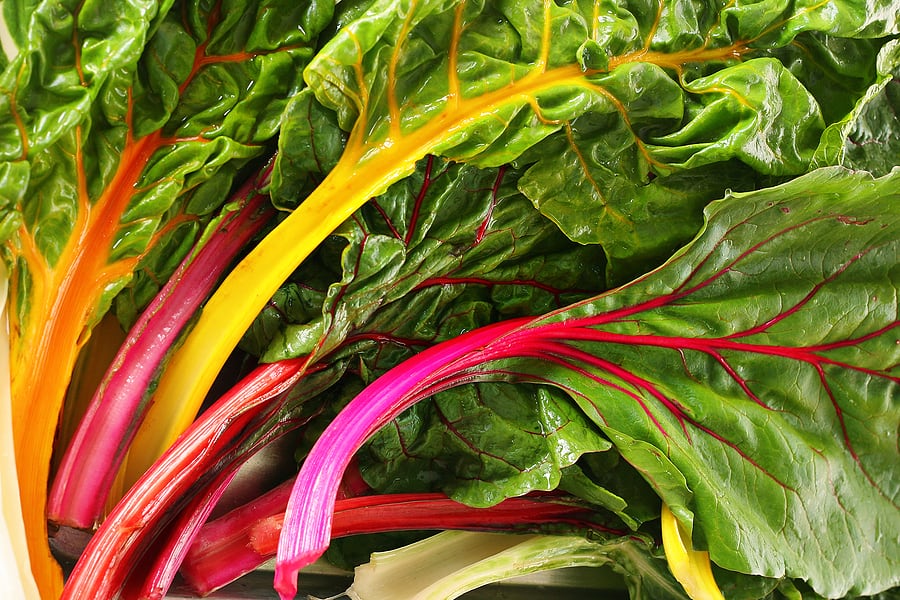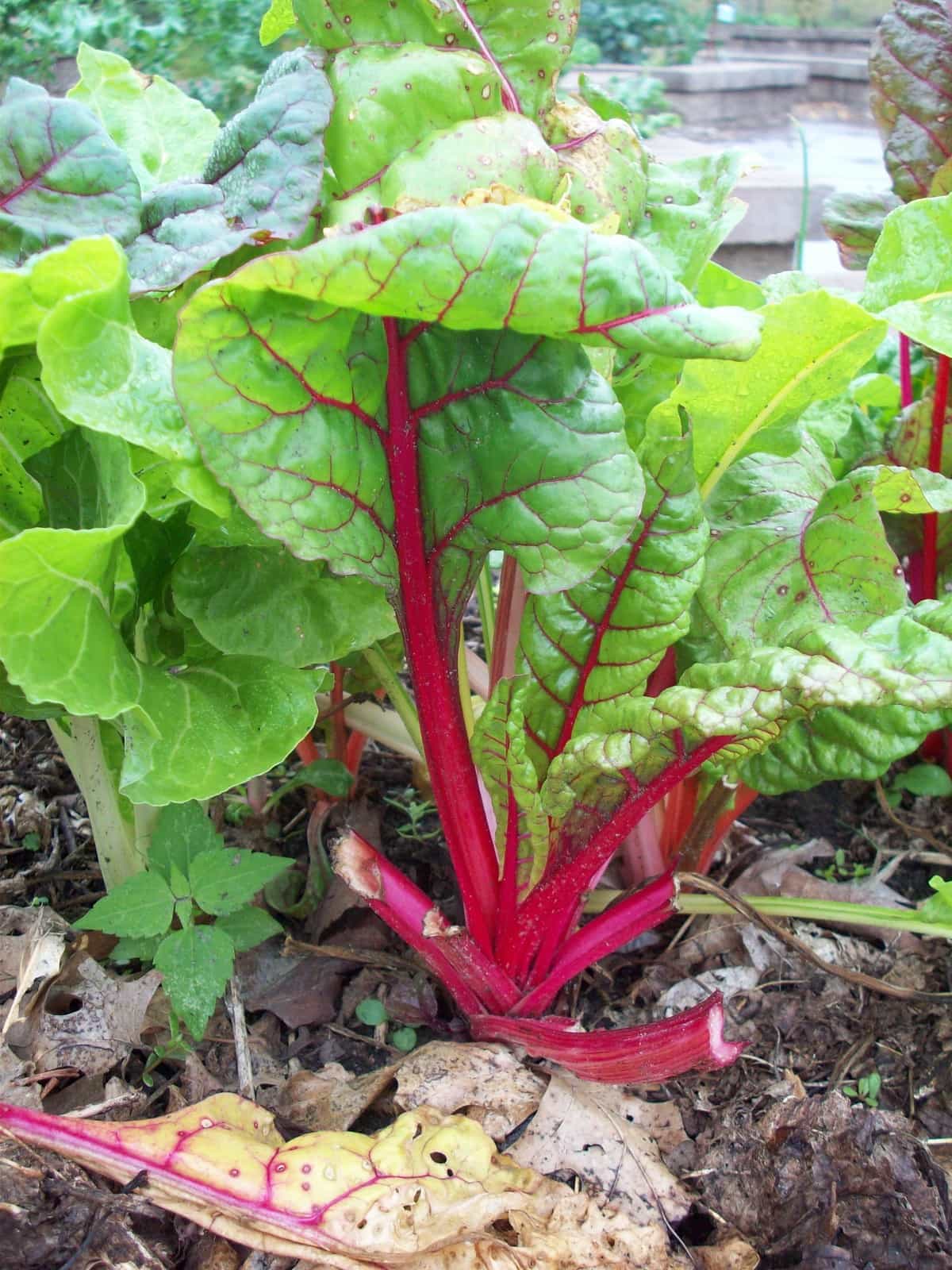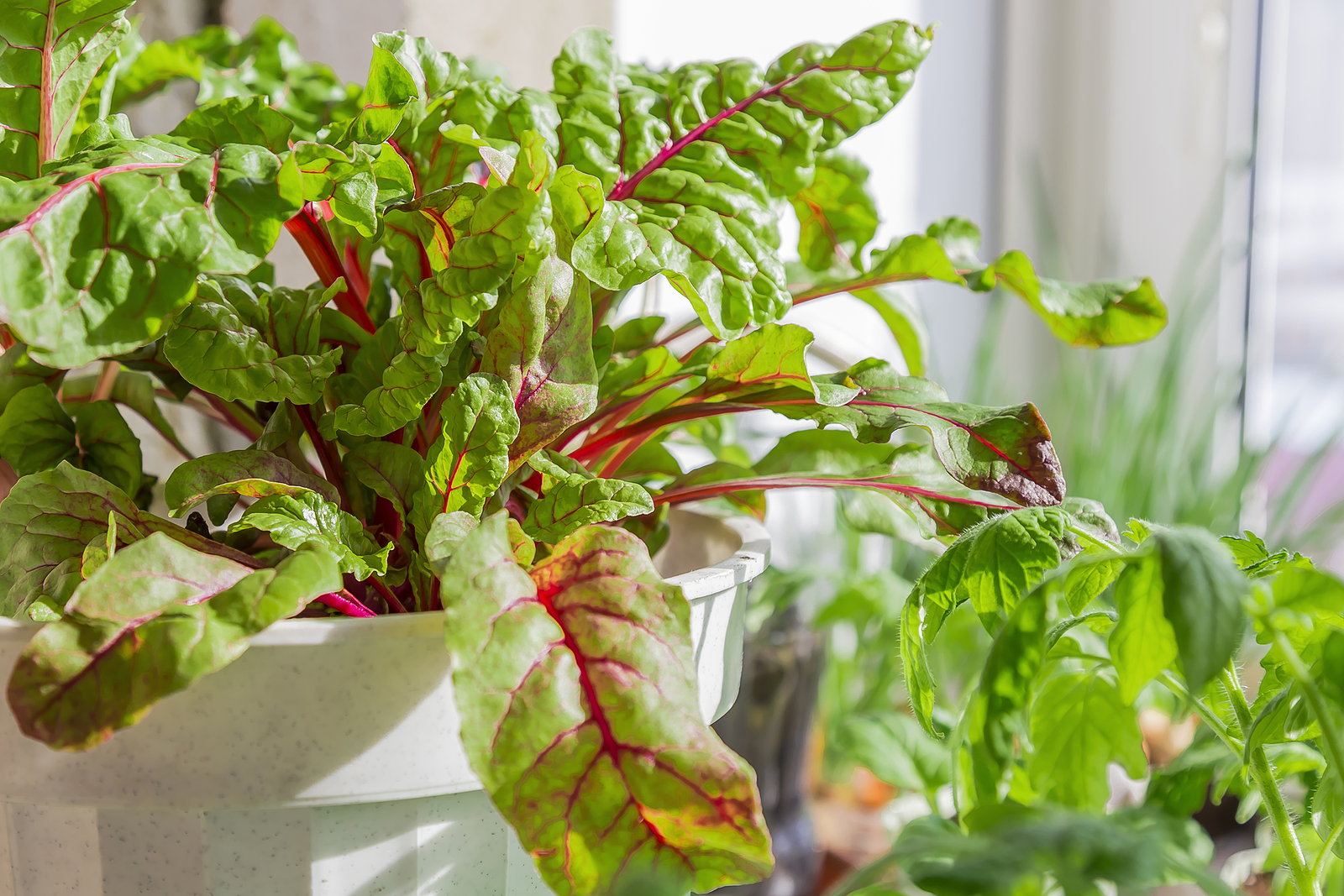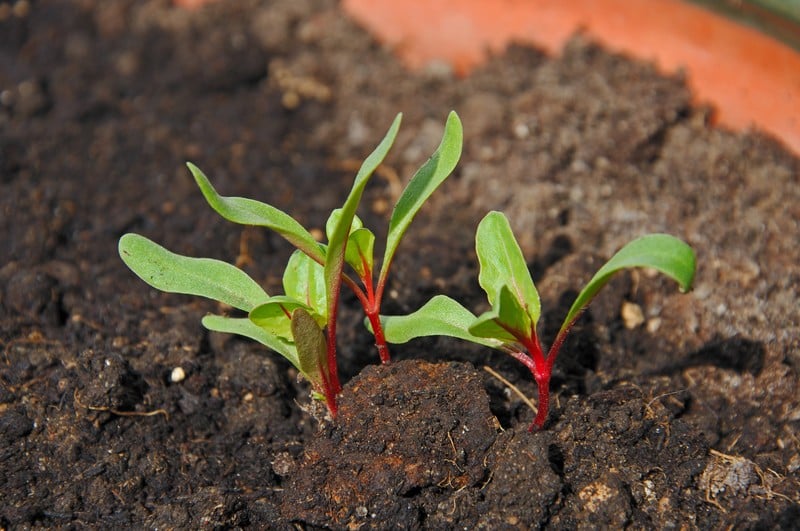Swiss chard
Latest stories
More stories
-
Growing Swiss Chard in Containers: Seven Easy Steps
Growing vegetables in containers has become increasingly popular, especially for those who have limited space or want portability. Swiss chard, also known as silverbeet or spinach beet is a nutrient-packed leafy green that is easy to grow. Swiss chard is an ideal vegetable to grow in containers because it has a shallow root system and […] More
-
Swiss Chard Seed Starting Tips
Chard—Swiss chard—is a cool and warm-season crop. It will tolerate frost and keep growing in summer. The optimum soil temperature for germination is 50° to 8°5F (10°-29°C). Direct—seeding is the most common way to start chard. Sow seed in the garden 2 to 4 weeks before the last average frost date in spring. To get […] More
-
Five Ways to Cook and Serve Swiss Chard
Swiss chard can be served raw or cooked. Swiss chard leaves have a hearty, yet mild spinach flavor. Swiss chard stalks have a delicate, celery-like taste and crunch. Serve chard greens raw alone or in a mixed green salad. You can also cook chard greens just like spinach. Favorite Swiss chard recipes Chard Soup Made […] More





